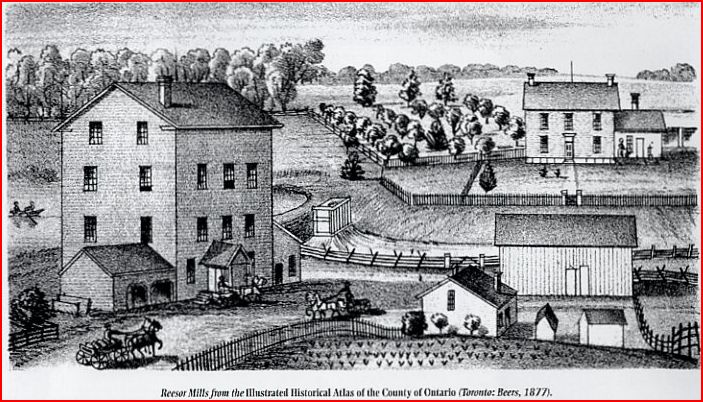The railways and industrialization began to shift Canada’s population from rural farm areas to the big cities in the late 1800s. The Weekly Sun, a leading Ontario farm newspaper published in Toronto, lamented the decline of little towns in its issue of January 21, 1897.
A rather melancholy part of our present situation is the stagnation or decline of business and population in most of our little towns. A few of the little towns which happen to be surrounded with farming districts of exceptional excellence are doing well; but of most of them, it must be said that they are stationary, if not retrograding. The abrogation of the Reciprocity Treaty with the United States [a free trade agreement in effect between 1854 and 1866], by breaking up the traffic between the two countries, ruined our lake shipping, and, with it, much of the business of the border towns. But the main cause of the change has been the tendency to centralization which, at the present day, everywhere prevails.
“Life in a great city
is very apt to be
solitude in a crowd”
In former times most of the little towns could boast of small manufacturing industries, such as carriage, wagon and harness factories, where all the parts of the carriage or wagon were made. They had also foundries, boot and shoe shops, tanneries, taverns and other concerns, each of which employed a few workmen. Manufacturing on the larger scale is now everywhere the rule; and manufacturing on a large scale means centralization. Specialization, or manufacturing in lines, has the same effect. A carriage-maker in former times made all the parts of a carriage. Now, he buys his hubs, spokes and other parts from the city manufacturer, and simply puts them together, employing, of course, a far less amount of labor.
Centralization, with the decay of the little towns as its consequence, has been also promoted by our network of railways. Most of the roads, on one or two days of the week, carry passengers from the small towns to the cities at excursion rates, by which thousands from the country take advantage to buy where there is greater variety and competition. A taste for city pleasures and excitements is imbibed at the same time. Department stores now contribute to the tendency…
Besides, it is with towns and cities as it is with men; to those who have is given; and from those who have not, is taken even that which they have. Young men of energy and enterprise leave the decaying town and flock to the city, where there is a wider and more animating field. Thus, the small towns are always loosing their best blood to the cities, and only those who are inferior in energy and enterprise, remain. There is no struggling against economic tendencies. But the change is not without its evils. Life in the little town is more healthy and purer than it is in the great city. It is, in reality, more social; life in a great city is very apt to be solitude in a crowd.
Canada@150
